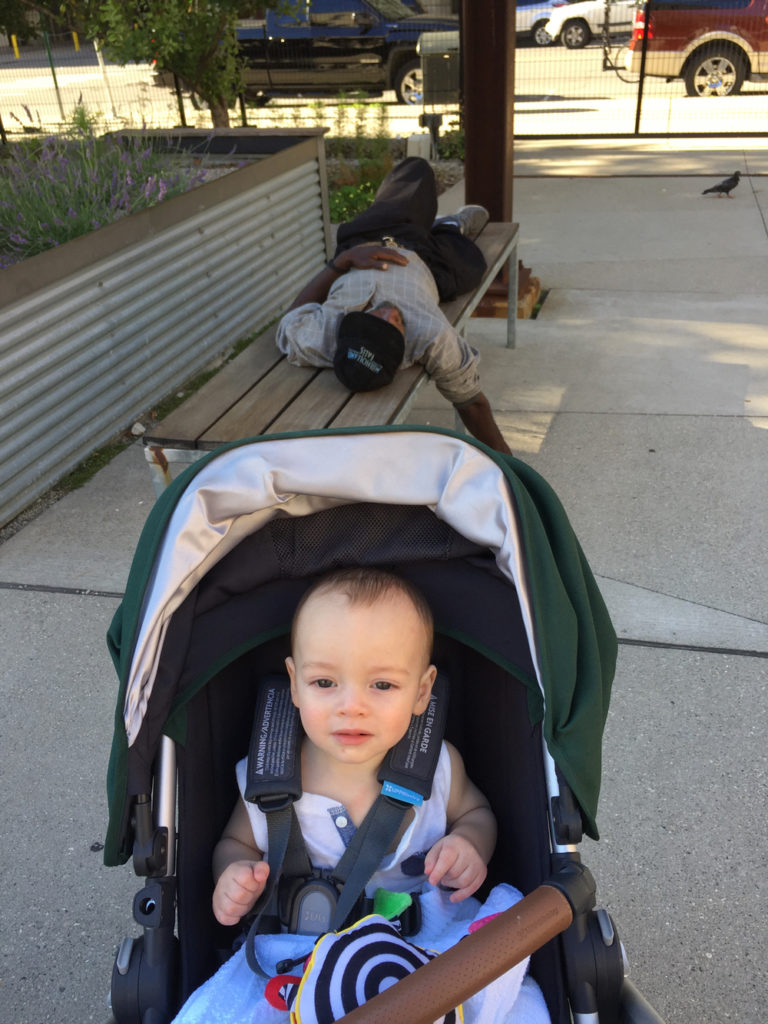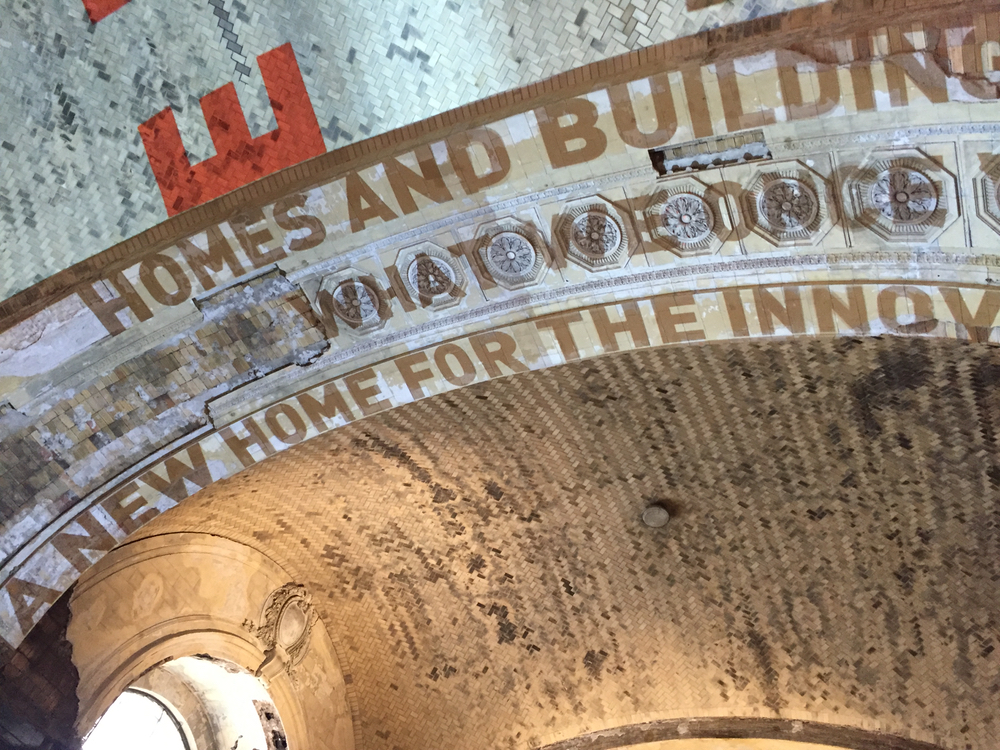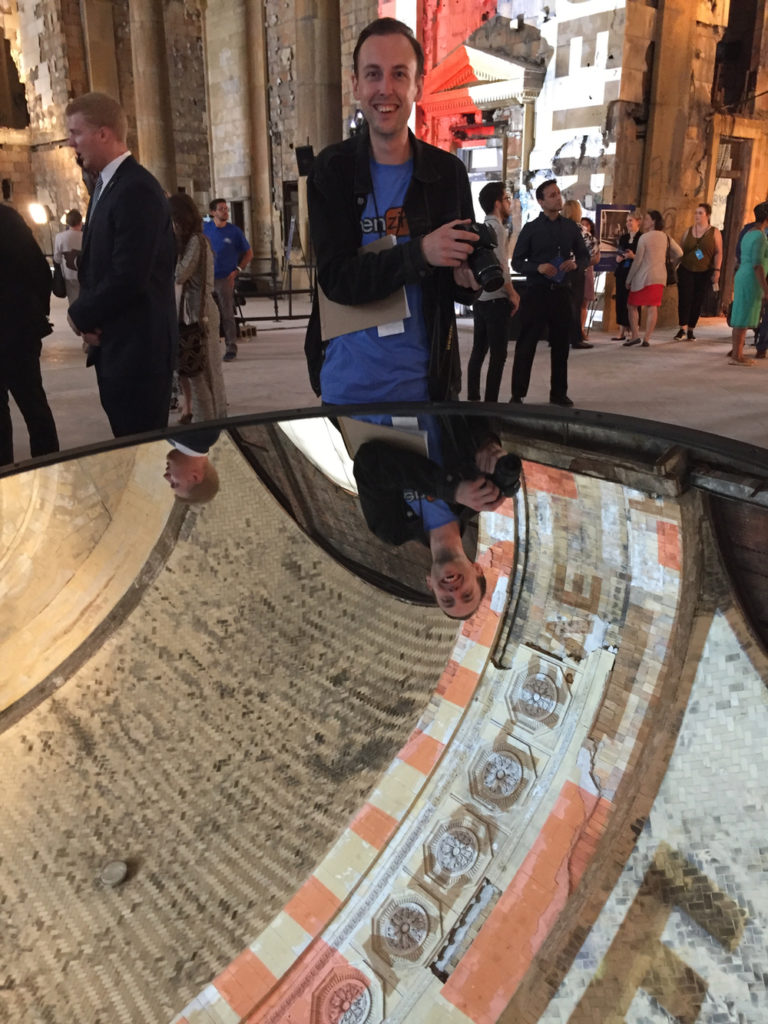It’s still Wednesday, isn’t it?
Crazy beginning of the week, but at least it went pretty fast. Lots of work makes for flying hours. Two links you might consider hitting, before we start, both by me: A visit to the “Harvard of Santa schools,” with a former Hoosier; and some strict inside-baseball stuff for Detroiters, a quick-turnaround piece on a local scandalette.
Traffic is important in this job, and we’re trying to build a readership. So click and then come back. We’ll wait.
The Santa piece was fun. Ann, the woman at the beginning and end, used to read my column back in the Fort, her hometown. If you went to the Holly Trolley this past weekend, you saw her around town. She connected with me on Facebook a while back, and when this chance to go to Santa school in Michigan came up, she dropped a line. Serendipity.
So, hope you all are doing fine. I’m trying to get my Christmas ducks in a row, with the idea of having my shopping 90 percent done after this weekend. Then, to do the baking, although based on how my waistbands feel after this past weekend, maybe it’s best to delay that a while and go for roasted vegetables for a few days. Alan got me a sous vide for my birthday, and I made my first ribeye the other night. It was good, but too rare, even though the meat thermometer said it was ready. I ground the leftovers the next day and made shepherd’s pie for one (Alan had to work late). Very good. I look forward to exploring the wonderful world of eggs this weekend.
I also committed to my first swim meet, sometime in January. I’m not a fast swimmer, so I expect utter humiliation, but I will power through, as that is my sole virtue — doggedness. I show up, I put in the time, but I just don’t get any faster. Ah, well. The Olympic team needn’t call me up.
Which reminds me: If you’re a podcast listener, I highly recommend “Believed,” which dropped a few weeks ago from Michigan Radio. You can find it in the usual places. It’s about the Larry Nassar case, which I followed closely, but I’m still learning things I didn’t know from these stories. It’s very good at delving into some of the psychology behind these stories, particularly questions like, how could these young women not realize they’d been assaulted? How could this happen with their own parents in the room? And how could so many parents hear their daughters trying to tell them what happened, and still not respond appropriately? You’ll leave with more compassion for the flawed people in the world. (Although not for Nassar.)
As long as we’re back to bloggage, two more quick recommendations, and then I’m out.
Funny: Alexandra Petri on Melania’s bloody Christmas forest. Very funny.
Not funny at all: Laura Trujillo’s account of her mother’s suicide and its aftermath. Painful enough to read that if this issue is painful for you, it might be too painful. My grandfather committed suicide when my mother was 10, and it’s an act that I believe reverberates in our family to this day. But I learned a lot about suicide, and it’s absolutely beautifully written. Thanks to Hank for recommending it.
Time to draw the curtain on Wednesday and maybe eat some pizza. Talk later.










